by Dr. Eldred "Wink" Prince, Jr.
The year was 1874. Nathaniel Holmes Bishop, a 37-year-old explorer and adventurer, slid his canoe into the Saint Lawrence River in Quebec City. He would travel through Quebec, along the east coast of the United States, and across Florida to the Gulf of Mexico. He traveled by land only when necessary to reach another watercourse. Bishop later published an account of his adventure, The Voyage of the Paper Canoe: A Geographical Journey of 2500 Miles from Quebec to the Gulf of Mexico during the Years 1874-5. In Chapter XI of his book, “From Cape Fear to Charleston,” Bishop relates his journey down the Waccamaw, which he described as “this most crooked of rivers.” In 2012, students and faculty of Coastal Carolina University identified and photographed places Bishop mentions in his narrative. Other students edited the chapter. This volume revisits with words and images Bishop’s voyage through the Waccamaw region and explores the changes the years have wrought.
Departing Quebec, Bishop traveled south along the St. Lawrence River, across Lake Champlain to the Hudson River. Reaching Albany, New York after four hundred miles of hard rowing, Bishop was convinced his 18-foot, 300-pound wooden craft was simply too cumbersome. Bishop ordered a revolutionary new canoe from a company in nearby Troy. The hull was composed of several layers of stiff Manila paper glued together and finished with coats of varnish. The new paper construction had proven stronger and more resilient than wood of the same thickness and was considerably lighter. Indeed, Cornell University had recently adopted the paper-hulled design for its racing shells. Bishop’s new 14-foot canoe weighed only 58 pounds and handled beautifully. Bishop christened his new craft Maria Theresa and resumed his journey south.
In early January 1875, Bishop arrived near present-day Wrightsville Beach, North Carolina. Having reached a point where canoe travel along the coast was no longer possible, Bishop was compelled to make the longest portage of his journey. The closest waterway that paralleled the coast was the Waccamaw River, some fifty miles west. Bishop and an obliging farmer packed the Maria Theresa in a wagon full of corn shucks and hauled it across the Cape Fear peninsula to Wilmington. From there, Bishop and his paper canoe boarded the train for Lake Waccamaw, source of the Waccamaw River, in Columbus County, North Carolina. After a comfortable night at the local inn, Bishop set out the following morning on the Waccamaw River.
The natural aspect of this region of the Waccamaw has changed little since Bishop saw it, and a canoeist today would find the Green Swamp much as Bishop described it in 1875: the dark waters, the lofty trees, the festoons of Spanish moss, and the crookedness of the channel. Indeed, the river turns back on itself in meanders so sharp they sometimes meet and cut off “oxbow lakes.” Waccamaw folks called these isolated loops “the old river.” Bishop commented on the Waccamaw’s “monster” cypress trees, and a few of these are still standing, but most were cut and floated downstream to sawmills in Conway. The river was a liquid highway in those days. The railroad did not enter the region until 1887, and the Waccamaw, even with its serpentine twists and turns, provided the best route to the port of Georgetown and the world.
In 1875 the Waccamaw River flowed through two very different cultures. The upper river, from its source to its tidal zone, was a region of small farms and subsistence agriculture. Waccamaw families supported themselves with crops such as corn, yams, vegetables, sugarcane, pigs, chickens, and perhaps a cow or two. The river was a vital part of the living standard for local people. They fished its waters and hunted its swamps, bringing home fish, fowl, and an occasional deer to supplement their corncribs and smokehouses. Tobacco culture had not yet entered the region, but some families raised a few acres of cotton as a cash crop. Pine trees were also a cash crop. Besides lumber, pines provided naval stores—the tar, pitch, and turpentine used to preserve wooden ships. They cut V-shaped “cat faces” on the trees and sold the sap to turpentine distillers such as the one Bishop saw—and smelled—at Old Dock. Although poor, Bishop found Waccamaw folk generous and willing to share their provender with a stranger. When offered payment for their hospitality, they seemed almost offended. In the wake of the Civil War, the simple farm families of the upper river felt little change in their lifestyle. Few had owned slaves before the war, and accustomed to doing their own work, they had simply resumed their lives of toil.
The lower river, the tidal zone of the Waccamaw, presented Bishop with a very different landscape. Thick forests gave way to rice fields punctuated by the brick chimneys of threshing mills, and the modest cabins of Horry yeomen yielded to the fine houses of Georgetown gentry. The rise and fall of ocean tides pushed and pulled the river, making large scale rice culture possible. Before the Civil War, the lower Waccamaw was a rice empire. Vast plantations lined the river, worked by thousands of slaves and ruled by wealthy landowners. Indeed, the antebellum planter class of the lower Waccamaw had been among the wealthiest people in pre-industrial America. The demographics of the two regions reflected their diverse histories. Georgetown County had the highest black population percentage in the state while Horry’s was among the lowest. Bishop noted that most of the surviving planters were too reduced in wealth to properly maintain their estates, and crop yields were down sharply. Ten years after emancipation, the lives of Waccamaw freedpeople were gradually settling into durable patterns. Some remained in rice culture working for wages, but most sought greater opportunities in Georgetown or Charleston.
At Georgetown, the Waccamaw gives its dark waters to the sea, and our intrepid canoeist pointed the Maria Theresa south along the Sea Islands towards Charleston. Bishop enjoyed a pleasant passage excepting a slight mishap with an oyster bed. Arriving in Charleston, Bishop visited the post office to collect mail that had been held for his arrival. He was surprised to be greeted by an African American postal clerk. Bishop was clearly impressed that the man was friendly, competent, and accommodating. Doubtless, he left the post office with a higher opinion of Reconstruction than he had upon entering. Bishop was at first uncertain what welcome white Charlestonians would extend a Massachusetts man, given the city’s vigorous support for the late Confederacy. But after sojourning some days in the Holy City, Bishop’s affection for Charleston and its citizens was confirmed. Nearly 140 years have passed since Nathaniel Bishop last dipped his paddle in the Waccamaw River, and the region has evolved in ways unimaginable in the nineteenth century. Once the nucleus of the region’s economy, river-related commerce is now almost extinct. For example, Bishop described his visit to a river landing that boasted a turpentine distillery and a store—a thriving nexus of local enterprise. Today, all that remains there is a dumpster, fit only for the commerce of rats. Once the region’s main transportation artery, with the coming of the railroad and automobile, the river became an obstacle to be overcome by expensive bridges and causeways. Historical memory of the river is fading as well. Once familiar places along the Waccamaw are recalled now by street names such as Reeves Ferry Road and White Horse Drive. Yet, folks still love the river. For some, the natural beauty of the Waccamaw forms the aesthetic backdrop for an upscale lifestyle that includes a home, boat, and personal watercraft. But others prefer a more intimate experience and enjoy the Waccamaw as Bishop did, with only a canoe and a sense of adventure.


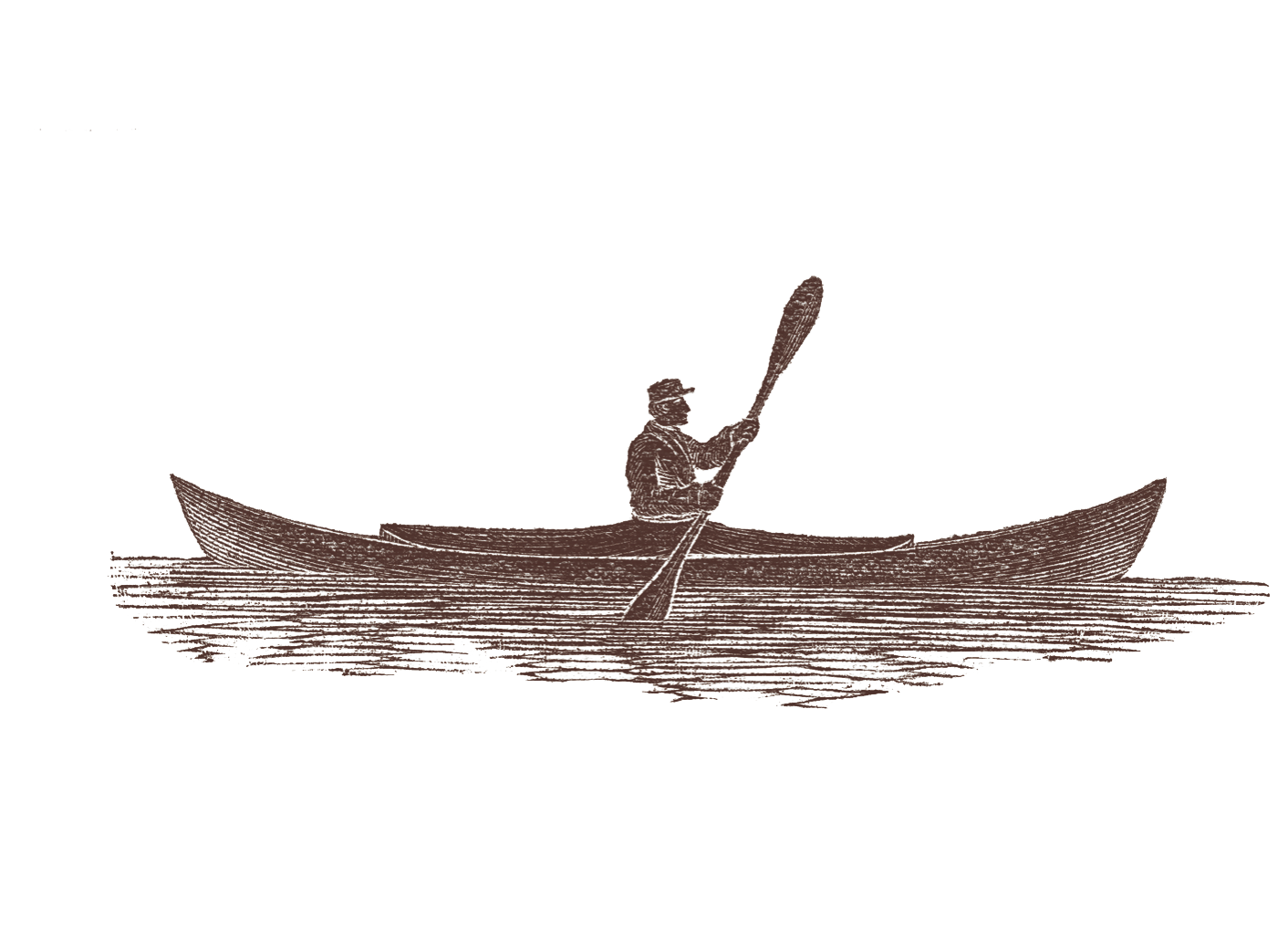
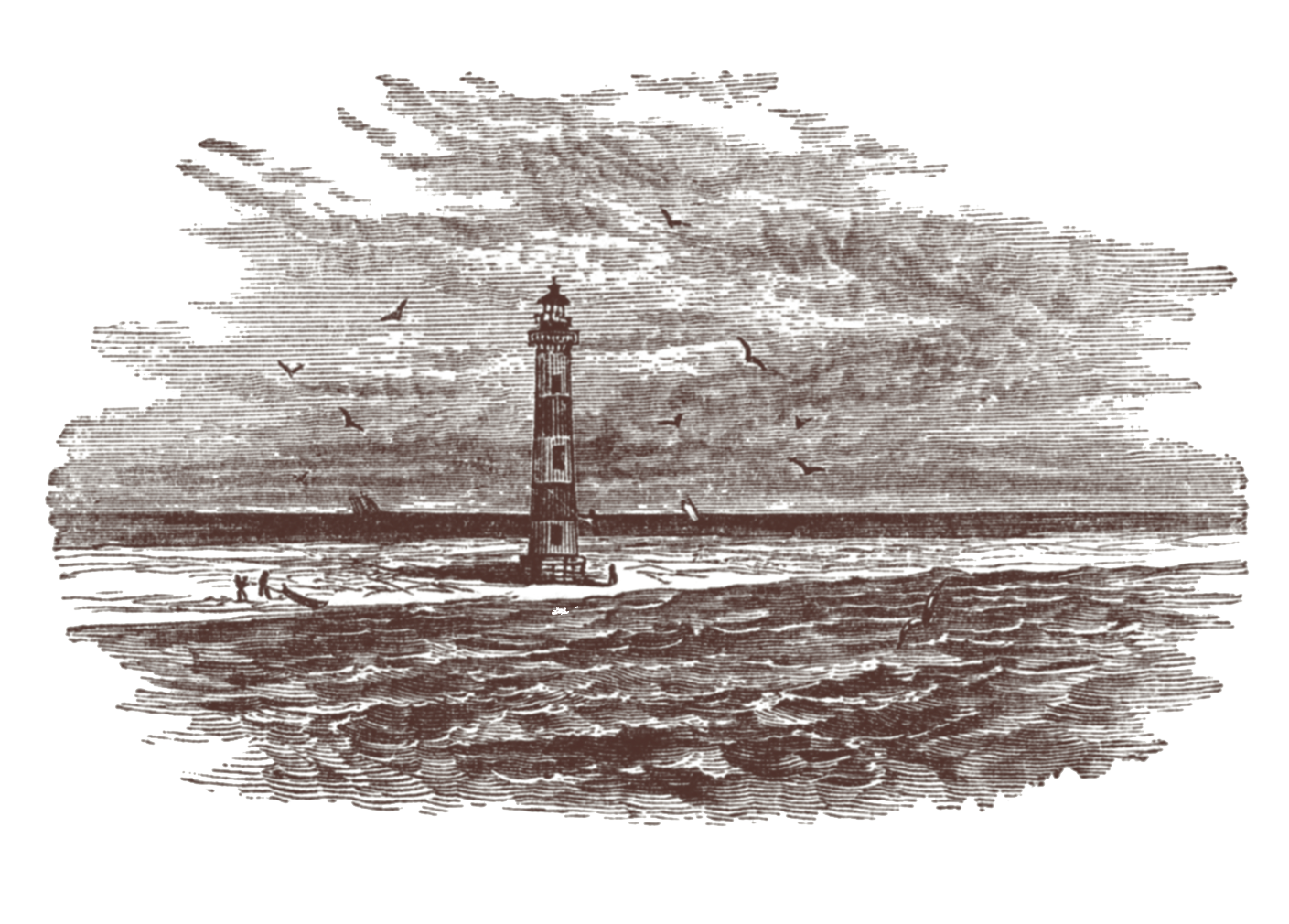
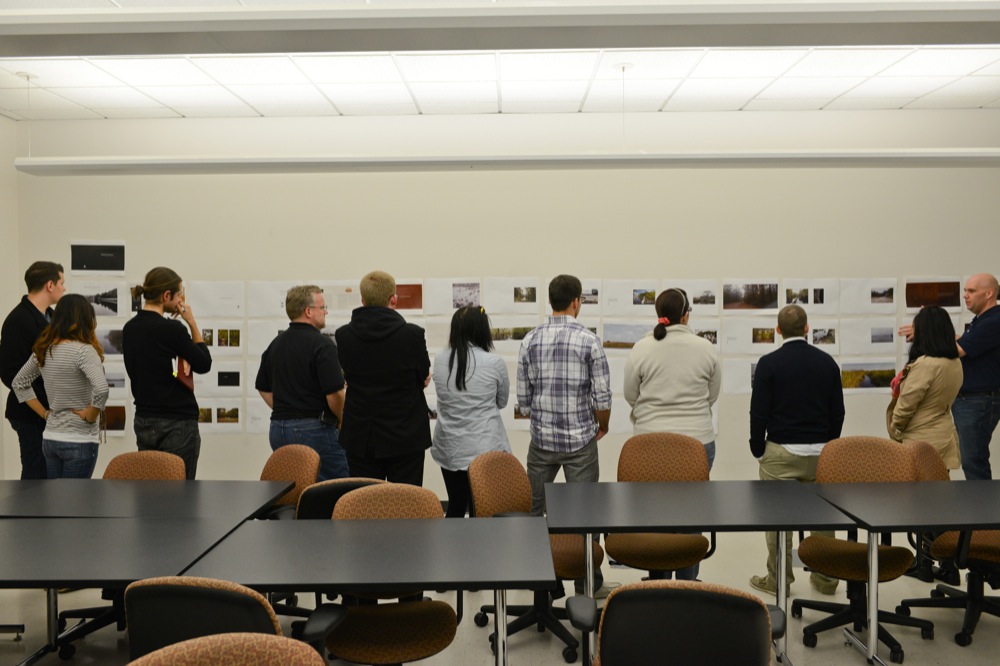
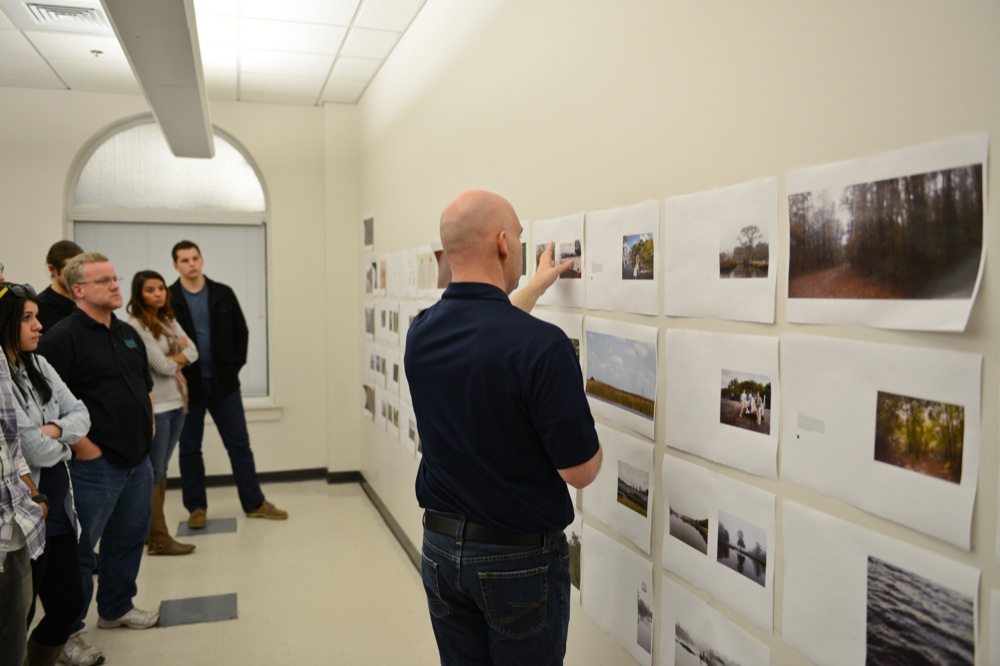
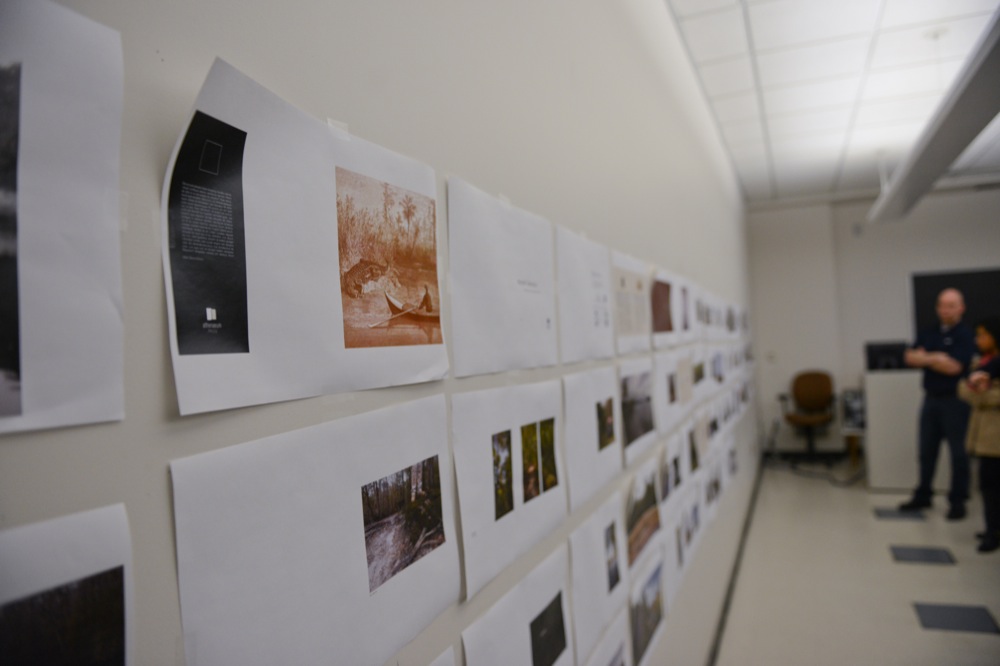
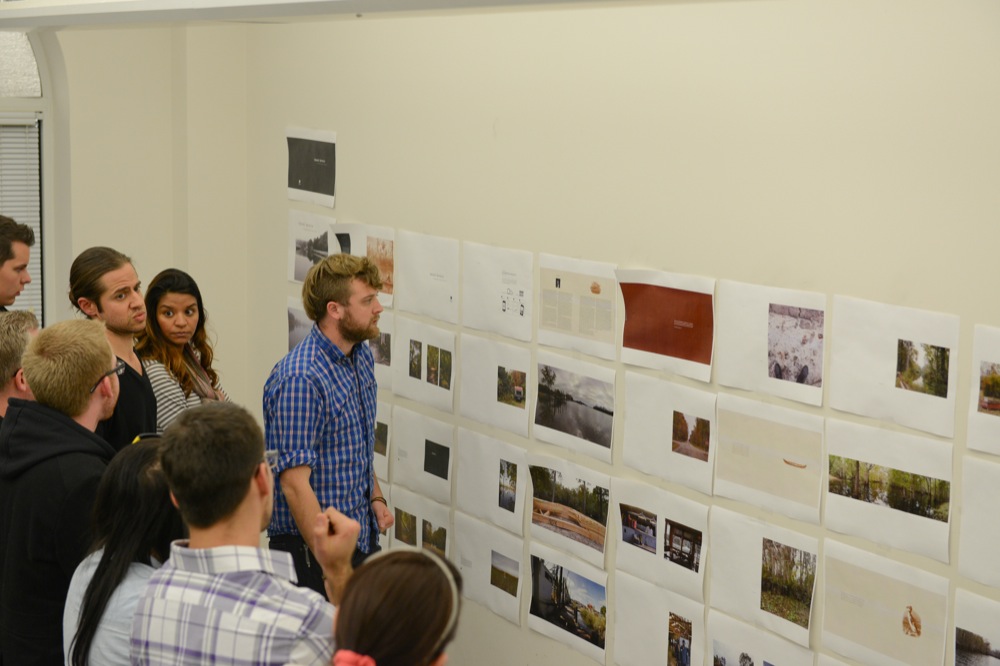
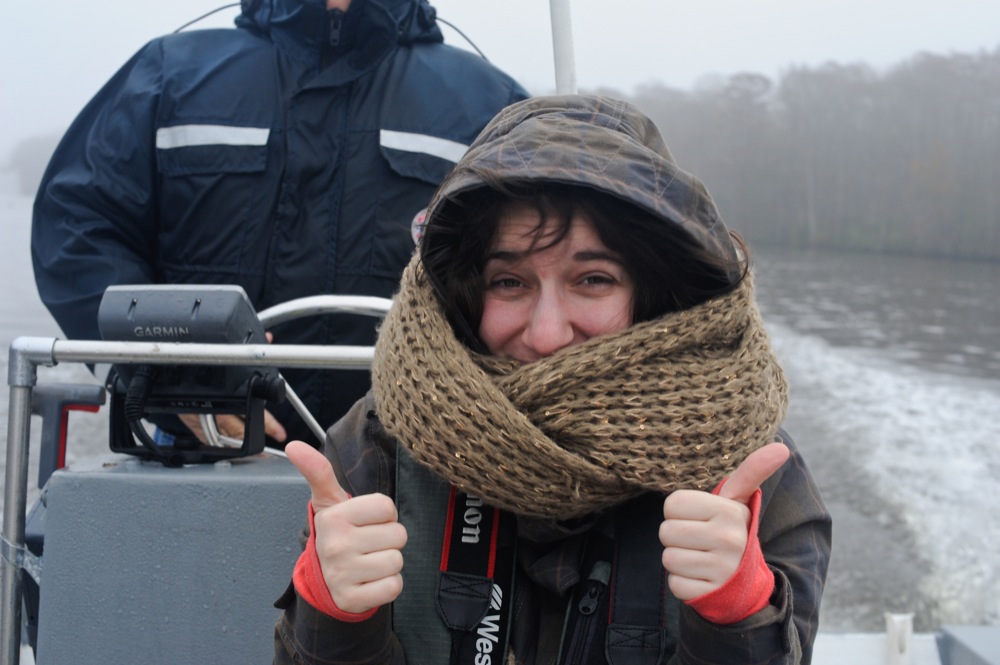
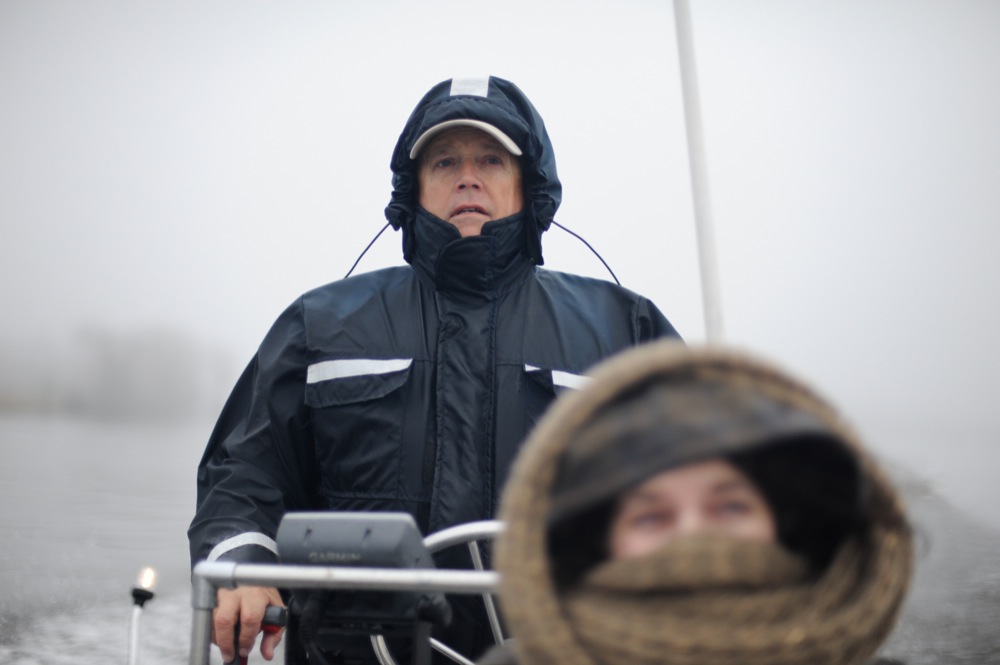
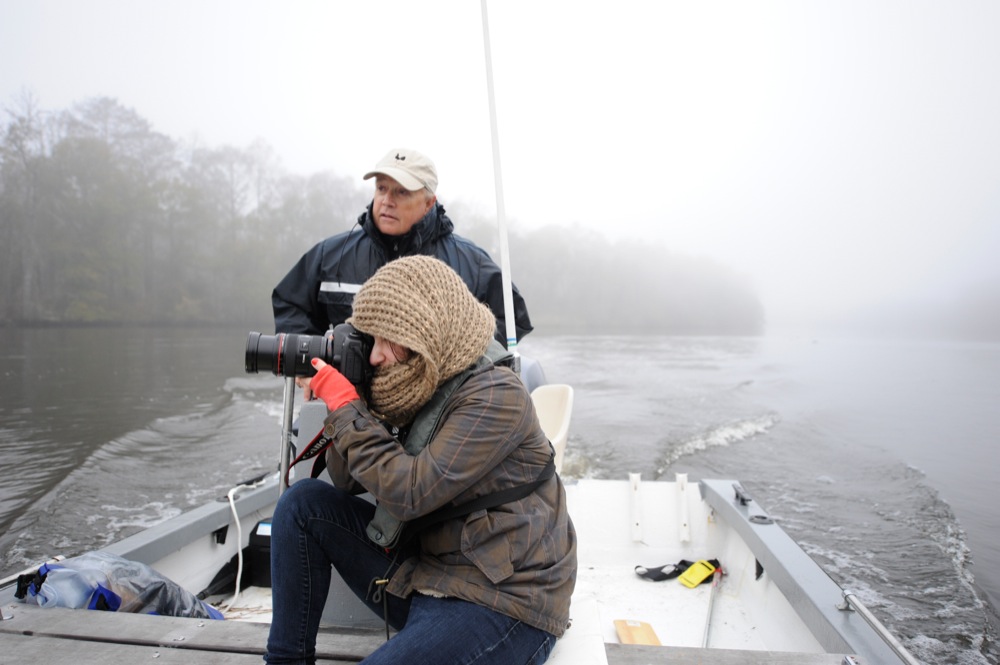
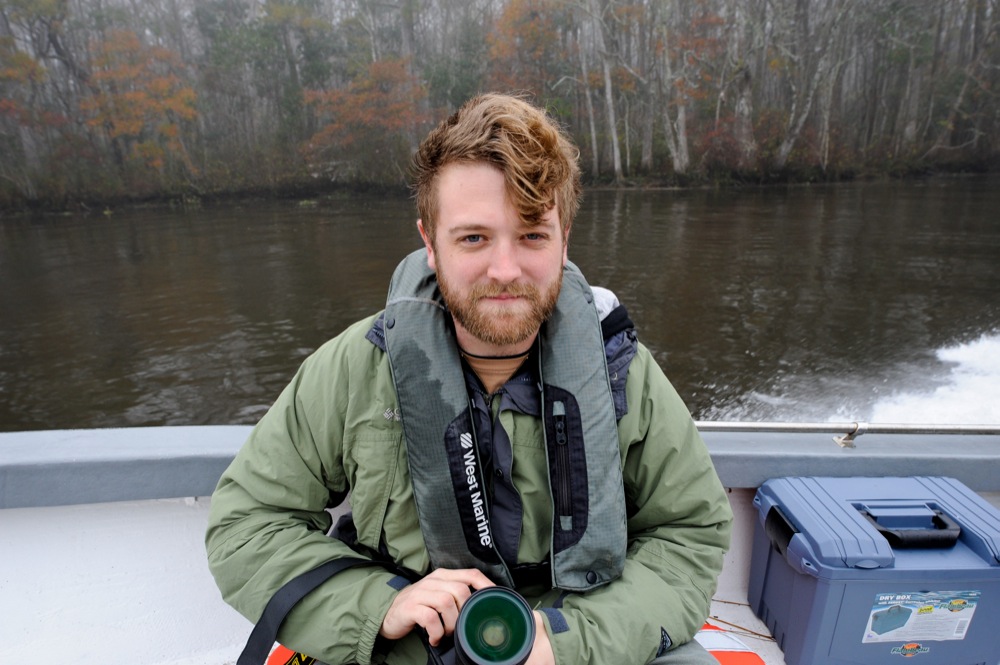

 Thank you for visiting Chasing the Paper Canoe book website. Please consider
Thank you for visiting Chasing the Paper Canoe book website. Please consider